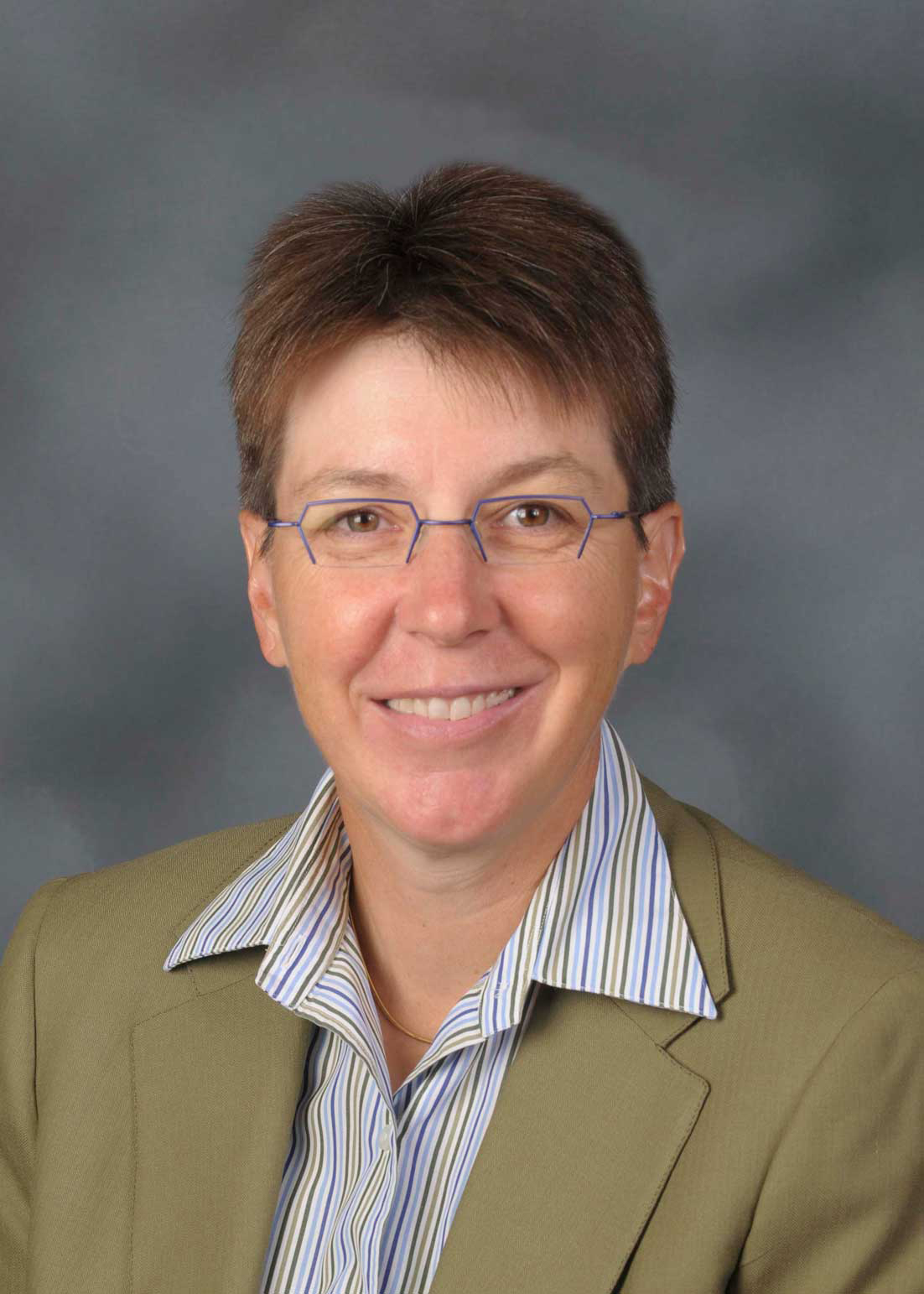
Courtesy of Yale SEAS
The search for the next dean of the School of Engineering and Applied Science is underway, after current University President Peter Salovey announced on Jan. 6 that current dean T. Kyle Vanderlick would step down after her terms ends on Dec. 31, 2017.
In light of Yale’s recent emphasis on developing its academic programs in STEM, SEAS professors interviewed expressed hope that the new dean will continue the expansion of Yale’s engineering and computer science departments, fields in which Yale is not historically strong. Dean of the Faculty of Arts and Sciences Tamar Gendler will lead the search process.
“Growth and excellence in science is currently one of Yale’s academic priorities,” computer science professor Joan Feigenbaum said. “For Yale to be a dominant player in 21st-century science, University leadership will have to understand that ‘science’ means ‘science, math and engineering,’ not just traditional lab science. The next dean of engineering and applied science will play a critical role in promoting that understanding.”
In 2000, Yale invested $500 million in science and engineering with the construction of five buildings and renovations of other facilities in an effort to maintain its standing as a top-tier university. The initiative was part of then-University President Richard Levin’s 20-year plan to improve science at Yale. And in 2011, Yale began inviting prospective STEM students to the Engineering and Science Weekend, an outreach program directed at high school seniors interested in science and engineering.
The number of freshmen considering pursuing engineering and science has significantly increased over the past few years. Between 2006 and 2012, freshmen interest in STEM majors rose from one-third to 42.5 percent.
“[The new dean’s focus should be] continuing to grow and strengthen the School of Engineering at Yale,” said assistant professor of Mechanical Engineering and Materials Science Judy Cha. “To me, this means to recruit and retain top faculty members who are doing stellar research, expanding on our experimental capabilities by strengthening existing shared facilities by adding state-of-the-art equipment, and doing the much needed renovation of some of the old engineering buildings and expanding lab space.”
SEAS Assistant Dean Vincent Wilczynski noted that the school’s interdisciplinary nature — which distinguishes SEAS’ programs from those of its peers — will attract candidates whose interests match the school’s emphasis on the merging of technical and social fields.
In his Jan. 6 announcement, Salovey praised Vanderlick for making engineering “cool.” Professors interviewed expressed similar sentiments, citing the dean’s commitment to boosting the school’s presence on campus.
“I felt that she deeply cared about young faculty members and their success,” Cha said. For example, she said Vanderlick nominated her for the 2015 National Academy of Engineering Frontiers of Engineering symposium and checked in to make sure that her research was going well.
The Yale School of Engineering and Applied Science was founded in 1852.
Correction, Jan. 24: A previous of this article incorrectly stated that the school will lead the search for the dean. SEAS Deputy Dean Vincent Wilczynski noted that the school’s emphasis on merging technical and social fields will draw applicants to the position.







